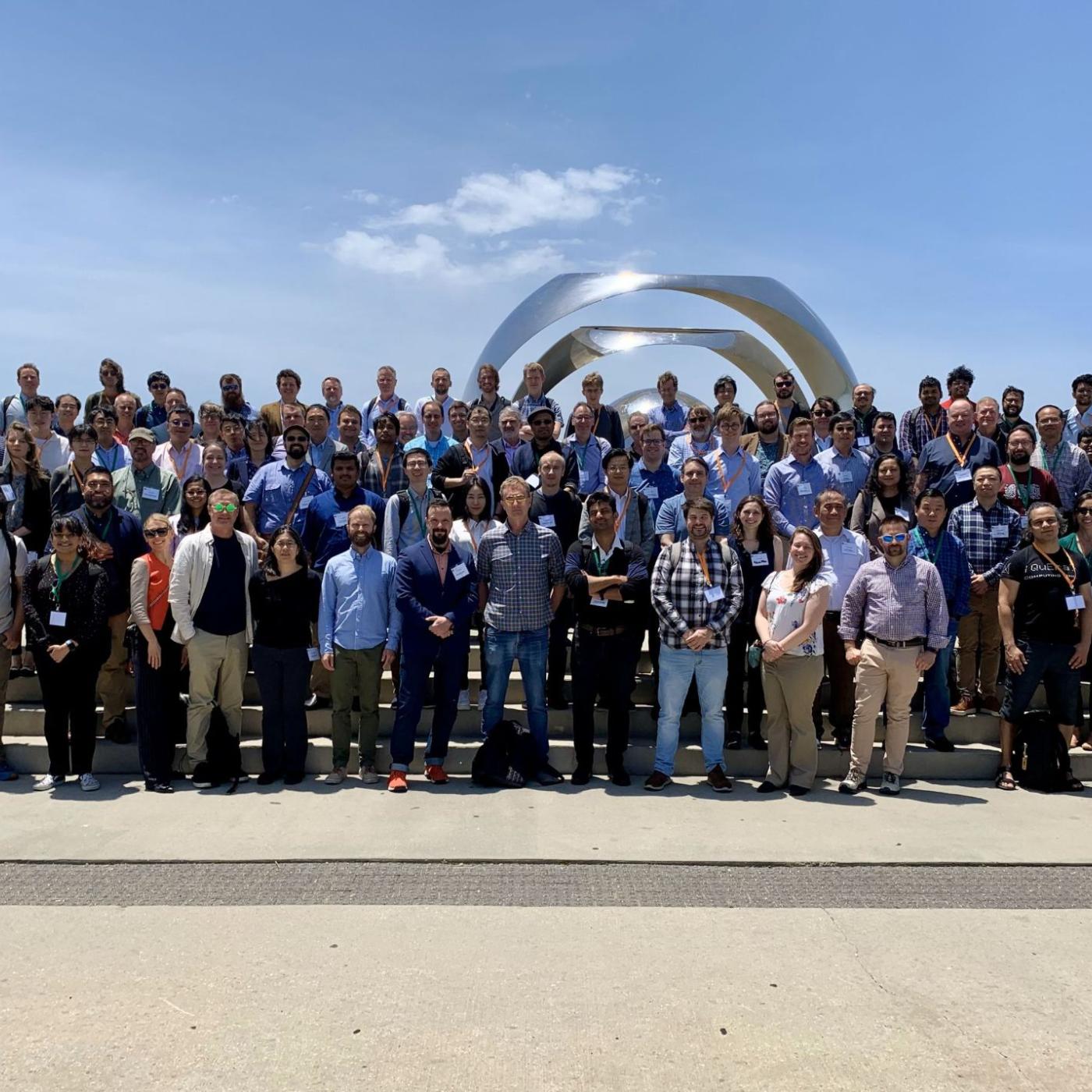
Filter News
Area of Research
- Advanced Manufacturing (2)
- Biology and Environment (3)
- Energy Science (8)
- Fuel Cycle Science and Technology (1)
- Fusion and Fission (26)
- Fusion Energy (10)
- Isotope Development and Production (1)
- Isotopes (3)
- Materials (42)
- National Security (6)
- Neutron Science (12)
- Nuclear Science and Technology (37)
- Nuclear Systems Modeling, Simulation and Validation (1)
- Quantum information Science (1)
- Supercomputing (12)
News Topics
- (-) Nuclear Energy (122)
- (-) Physics (69)
- 3-D Printing/Advanced Manufacturing (146)
- Advanced Reactors (40)
- Artificial Intelligence (129)
- Big Data (78)
- Bioenergy (111)
- Biology (128)
- Biomedical (73)
- Biotechnology (38)
- Buildings (74)
- Chemical Sciences (85)
- Clean Water (33)
- Composites (35)
- Computer Science (225)
- Coronavirus (48)
- Critical Materials (29)
- Cybersecurity (35)
- Education (5)
- Element Discovery (1)
- Emergency (4)
- Energy Storage (114)
- Environment (218)
- Exascale Computing (66)
- Fossil Energy (8)
- Frontier (63)
- Fusion (66)
- Grid (74)
- High-Performance Computing (129)
- Hydropower (12)
- Irradiation (3)
- Isotopes (62)
- ITER (9)
- Machine Learning (67)
- Materials (156)
- Materials Science (158)
- Mathematics (12)
- Mercury (12)
- Microelectronics (4)
- Microscopy (56)
- Molten Salt (10)
- Nanotechnology (64)
- National Security (86)
- Neutron Science (171)
- Partnerships (67)
- Polymers (35)
- Quantum Computing (53)
- Quantum Science (92)
- Security (31)
- Simulation (64)
- Software (1)
- Space Exploration (26)
- Statistics (4)
- Summit (70)
- Transportation (102)
Media Contacts
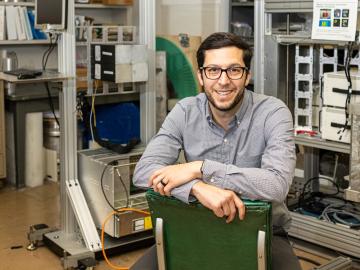
Jason Nattress, an Alvin M. Weinberg Fellow at the Department of Energy’s Oak Ridge National Laboratory, found his calling on a nuclear submarine.

The U.S. Department of Energy announced funding for 12 projects with private industry to enable collaboration with DOE national laboratories on overcoming challenges in fusion energy development.
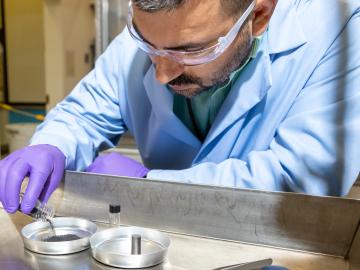
Ask Tyler Gerczak to find a negative in working at the Department of Energy’s Oak Ridge National Laboratory, and his only complaint is the summer weather. It is not as forgiving as the summers in Pulaski, Wisconsin, his hometown.
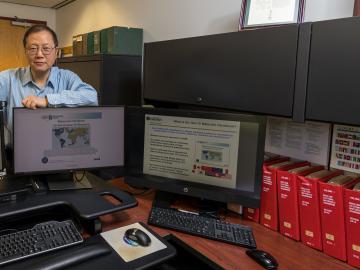
Six new nuclear reactor technologies are set to deploy for commercial use between 2030 and 2040. Called Generation IV nuclear reactors, they will operate with improved performance at dramatically higher temperatures than today’s reactors.
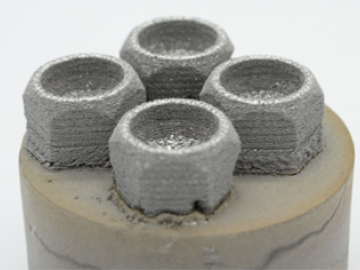
Using additive manufacturing, scientists experimenting with tungsten at Oak Ridge National Laboratory hope to unlock new potential of the high-performance heat-transferring material used to protect components from the plasma inside a fusion reactor. Fusion requires hydrogen isotopes to reach millions of degrees.
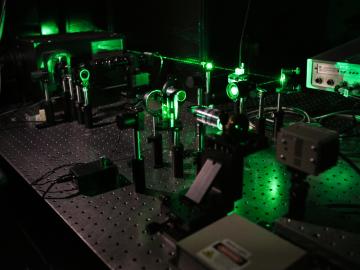
Scientists at Oak Ridge National Laboratory studying quantum communications have discovered a more practical way to share secret messages among three parties, which could ultimately lead to better cybersecurity for the electric grid
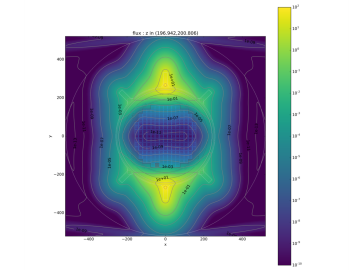
Researchers have developed high-fidelity modeling capabilities for predicting radiation interactions outside of the reactor core—a tool that could help keep nuclear reactors running longer.

Scientists have discovered a way to alter heat transport in thermoelectric materials, a finding that may ultimately improve energy efficiency as the materials
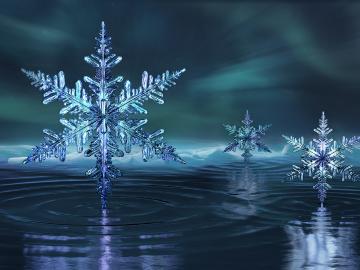
An ORNL-led team's observation of certain crystalline ice phases challenges accepted theories about super-cooled water and non-crystalline ice. Their findings, reported in the journal Nature, will also lead to better understanding of ice and its various phases found on other planets, moons and elsewhere in space.

Scientists have demonstrated a new bio-inspired material for an eco-friendly and cost-effective approach to recovering uranium from seawater.


